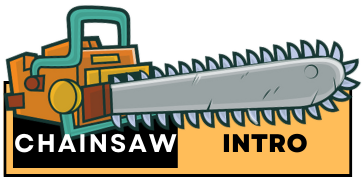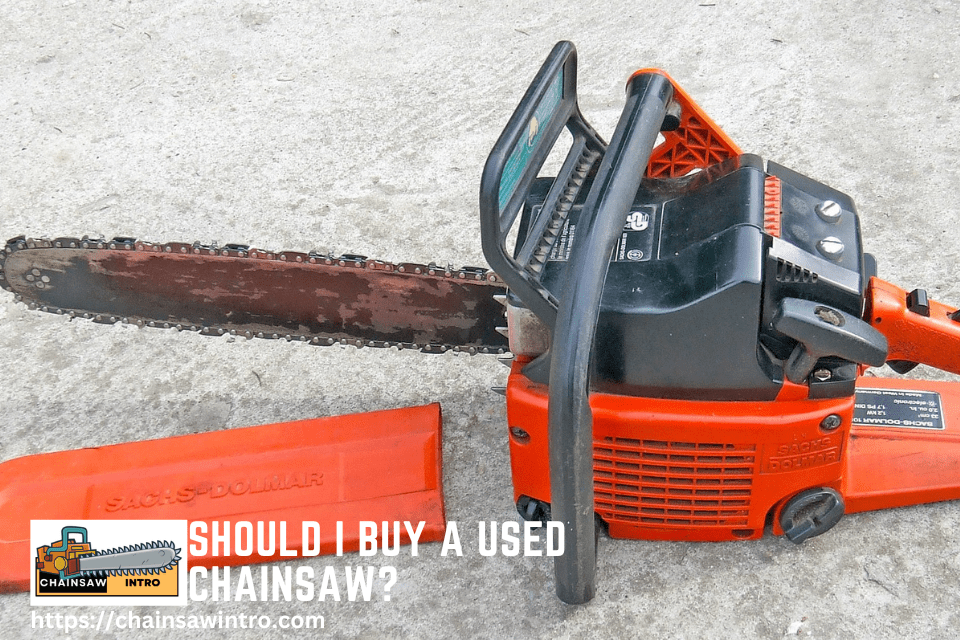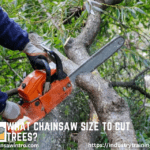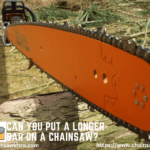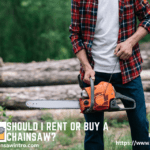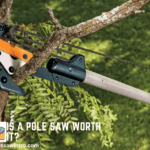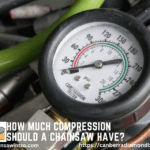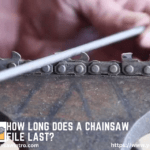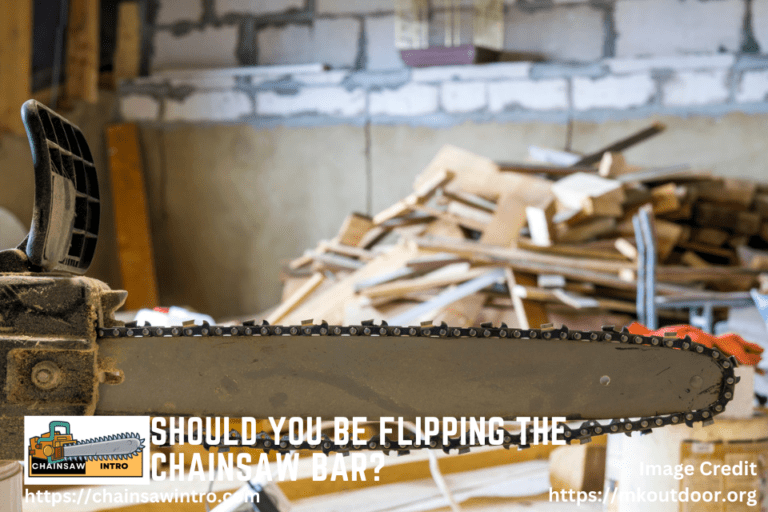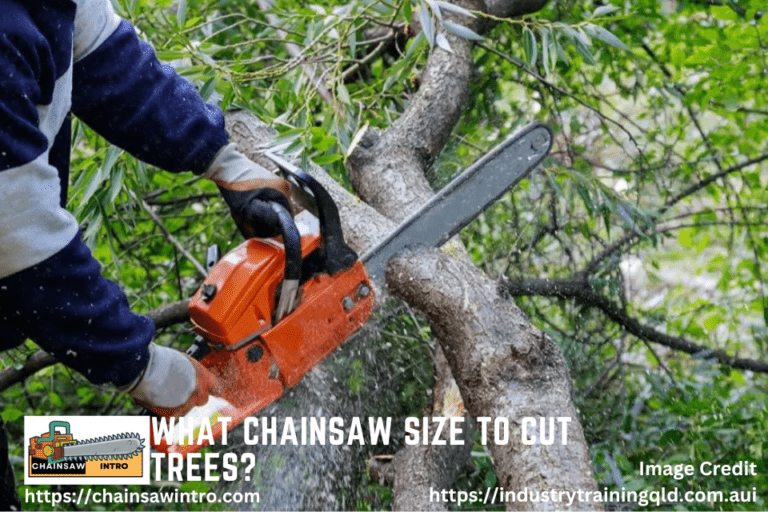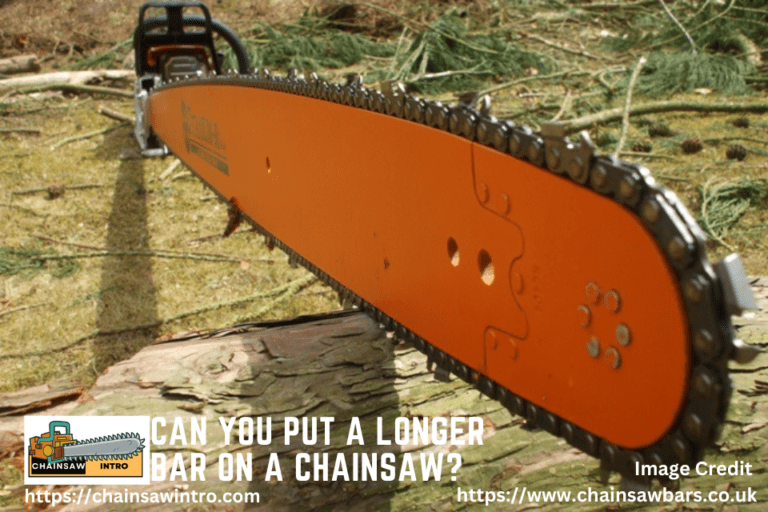Chainsaws are essential for tasks like tree felling, pruning, and firewood cutting, but their high cost—often $300-$800 for new models—leads many to consider used options. With brands like Stihl, Husqvarna, and Echo dominating the market, a used chainsaw can seem like a budget-friendly way to access quality tools.
When it comes to buying tools, many people ask themselves: Should I buy a used chainsaw? The idea can be tempting—after all, chainsaws are not cheap, and used models are often listed at a fraction of the price. However, a chainsaw is not like buying second-hand furniture or basic tools. Because it’s a high-powered cutting machine, safety, reliability, and performance are critical factors to consider. Before deciding, it’s important to weigh the pros, cons, and risks associated with buying a used chainsaw.
Why People Consider Buying a Used Chainsaw?
The most obvious reason is cost savings. A brand-new chainsaw from popular brands like Stihl, Husqvarna, or Oregon can cost hundreds of dollars, while a used model may be available for much less. Some buyers also look for discontinued or rare models that are no longer available new. For homeowners who only need a chainsaw occasionally, the idea of saving money with a used purchase can be attractive.
Important Things to Check Before You Buy a Used ChainSaw
The Benefits of Buying a Used Chainsaw: Why It’s Appealing
Purchasing a used chainsaw offers several compelling advantages, particularly for cost-conscious buyers. The most significant benefit is cost savings. New professional-grade chainsaws, like the Stihl MS 271 or Husqvarna 455 Rancher, can cost $400 or more, but used models are often available for 50-70% less on platforms like Craigslist or eBay. This makes high-quality saws accessible for homeowners or DIYers tackling occasional tasks like storm cleanup or pruning.
Another advantage is access to durable, discontinued models. Older chainsaws from reputable brands are often built with simpler, robust designs that withstand years of use, as noted in ArboristSite discussions. For example, a well-maintained Stihl MS 260 can outlast newer budget models. Environmental benefits also play a role—buying used reduces waste and promotes sustainability. Additionally, for mechanically inclined users, a used chainsaw can be a rewarding project, with readily available parts for brands like Echo or Makita. These benefits make used chainsaws an attractive option for savvy buyers.
The Risks of Buying a Used Chainsaw: What to Watch Out For
Despite the appeal, used chainsaws come with notable risks. The biggest drawback is the lack of warranty. New saws typically offer 2-5 years of coverage, but used ones rarely include guarantees, leaving you responsible for repair costs. Hidden mechanical issues, such as worn pistons, clogged carburetors, or failing chain brakes, can turn a bargain into a costly fix, with parts and labor averaging $50-$200, per Reddit’s r/Chainsaw.
Safety concerns are critical. A used saw with a dull chain or faulty brake increases the risk of kickback or chain contact injuries, which the CDC reports cause over 30,000 emergency room visits annually. Without maintenance records, you may inherit problems from prior misuse, like running the saw without bar oil, leading to premature wear. Scams and unreliable sellers are another hurdle, especially online, where misrepresented conditions or non-functional saws are common, as highlighted in 2025 YouTube buying guides. These risks demand careful evaluation to avoid costly mistakes.
Factors to Consider Before Buying a Used Chainsaw
Deciding whether a used chainsaw is right for you depends on several factors:
- Usage Needs: For light tasks like pruning or cutting small firewood (logs under 12 inches), a mid-range used saw (30-40cc or 40V battery) is sufficient. Heavy tasks like felling large trees require pro-grade models (50-70cc), per TechGearLab’s 2025 reviews.
- Budget: Factor in potential repair costs. A $150 used saw might need $100 in tune-ups, so compare total costs to new budget models starting at $150.
- Brand and Model: Stick to reputable brands with strong aftermarket support. Stihl, Husqvarna, and Echo are top choices for reliability and parts availability.
- Seller Trustworthiness: Buy locally to inspect in person, or use secure platforms like PayPal Goods and Services for online purchases. Check seller ratings on eBay or Facebook Marketplace.
- Fuel Type: Gas saws offer power but require maintenance; battery saws are low-maintenance but may have degraded batteries. Corded electric saws need a power source, limiting mobility.
- Mechanical Skills: If you’re not comfortable with repairs, a used saw’s maintenance needs could be frustrating, as noted in Consumer Reports.
Weighing these factors helps determine if a used chainsaw aligns with your needs and skills.
Inspection Checklist: How to Evaluate a Used Chainsaw
A thorough inspection is essential to avoid buying a lemon. Here’s a detailed checklist based on expert advice from 2025 sources like Popular Mechanics and ArboristSite:
- Exterior Condition: Check for cracks, dents, or signs of abuse on the body. Inspect handles and anti-vibration mounts—worn mounts indicate heavy use.
- Chain and Bar: Ensure the chain is sharp, spins freely, and isn’t overly worn. Examine the bar for grooves, burns, or bends; confirm the oil hole is clear. Test the chain brake by engaging it—it should stop the chain instantly.
- Engine/Battery: For gas saws, pull the starter cord to feel compression; low resistance suggests engine wear. Check the spark plug for fouling. For battery models, test runtime and charge retention.
- Fuel and Oil Systems: Open the fuel cap (gas models)—fresh fuel smells clean; stale or varnishy odors indicate neglect. Run the saw to confirm oil flows to the chain; no oil suggests a clogged pump.
- Performance Test: Start the saw (cold and warm) to ensure easy starts and smooth idling. Listen for rattles or bogging when revving. If possible, cut a small log to assess power.
- Internal Check: If allowed, remove the muffler to inspect the piston and cylinder for scoring or wear. Clean air filters signal good maintenance.
- Documentation: Ask for maintenance records, manuals, or extra chains/bars to gauge care history.
Meet in person for inspections, test thoroughly, and avoid sellers who rush or refuse checks.
Top Used Chainsaw Brands Right Now!
Focus on brands with proven durability and parts availability, based on 2025 reviews from TechGearLab and Home Depot:
- Stihl: Models like the MS 271 Farm Boss (50.2cc) or MSA 220 C-B (36V) are durable and widely supported, ideal for medium-to-heavy tasks.
- Husqvarna: The 455 Rancher (55.5cc) or 540i XP (40V) offer power and longevity, with strong resale value, per user feedback on Reddit.
- Echo: The CS-590 Timber Wolf (59.8cc) or DCS-5000 (40V) are reliable for homeowners and pros, with affordable parts.
- Makita: The UC4051A (corded) or XCU04 (36V) are great for light-to-medium use, with robust designs, per Popular Mechanics.
- Ego: The CS2005 (56V, 20-inch bar) is a top cordless option for eco-conscious buyers, offering excellent runtime.
These brands ensure quality and repairability, making them safe bets for used purchases.
Alternatives to Buying a Used Chainsaw
If the risks outweigh the benefits, consider alternatives:
- New Budget Chainsaws: Entry-level models like the DeWalt DCCS670 ($200) or Greenworks 40V ($150) offer warranties and reliability.
- Renting: Home Depot and other retailers rent chainsaws for $30-$60 per day, ideal for one-off jobs without maintenance hassles.
- Pole Saws: For pruning, corded or battery-powered pole saws (e.g., Sun Joe, $100) are safer and cheaper for light tasks.
Your choice depends on task frequency, budget, and comfort with maintenance.
Safety First: Protecting Yourself with a Used Chainsaw
Chainsaws are dangerous, with over 30,000 injuries annually, per the CDC. Used saws pose extra risks if safety features are compromised. Always wear PPE: chainsaw chaps ($80-$120), helmet with face shield, gloves, safety glasses, and steel-toe boots. Test the chain brake daily, keep the chain sharp to reduce kickback, and follow manufacturer guidelines. A professional tune-up ($50-$100) after purchase ensures safety and performance, thewoodcutter.info.
Conclusion | Should You Buy a Used Chainsaw?
Buying a used chainsaw can be a smart, budget-friendly choice if you know what to look for and carefully inspect the machine. However, the risks of hidden issues and reduced safety mean it’s not the best option for everyone. If you’re new to chainsaws or plan to use one frequently, investing in a new model with a warranty and reliable safety features is the safer long-term decision. But for experienced users who understand chainsaw maintenance and want to save money, a well-maintained used chainsaw can still be a worthwhile purchase.
Frequently Asked Questions About Buying a Used Chainsaw
Is it safe to buy a used chainsaw?
It can be safe to buy a used chainsaw if the tool has been well-maintained and properly inspected. Always check the chain, bar, engine condition, and safety features before purchasing. If you’re unsure about the saw’s history or maintenance, it may be safer to buy a new model with a warranty.
What should I check before buying a used chainsaw?
Before buying a used chainsaw, inspect:
- Chain and bar wear
- Engine performance (listen for smooth operation)
- Compression (the pull cord should resist strongly)
- Safety features like chain brake and throttle lock
- Maintenance history if available
These checks help you avoid buying a tool with hidden issues.
How much should I pay for a used chainsaw?
The price of a used chainsaw depends on the brand, age, condition, and model. On average, you can expect to save 30–70% compared to a new chainsaw. Premium brands like Stihl or Husqvarna in good condition may still carry higher resale value than budget chainsaws.
Are used chainsaws worth it for beginners?
Used chainsaws are generally not recommended for beginners, since older models may lack modern safety features and could be harder to handle. Beginners are better off purchasing a new chainsaw with warranty coverage and up-to-date safety technology.
Do used chainsaws come with a warranty?
Most used chainsaws do not come with a warranty, unless they are sold through an authorized dealer that offers refurbished models. Private sales usually mean the buyer takes on all responsibility for repairs and maintenance.
What’s the lifespan of a chainsaw?
The lifespan of a chainsaw varies by brand, usage, and maintenance. A well-cared-for chainsaw can last 10 years or more, but a neglected or heavily used chainsaw may fail within just a few years. Always consider the tool’s history before buying second-hand.
When should I avoid buying a used chainsaw?
You should avoid buying a used chainsaw if:
- The tool shows visible damage or poor maintenance.
- You don’t have the skills to repair or maintain it.
- You plan to use it heavily for professional work.
- You want warranty protection and guaranteed reliability.
I’m a chainsaw expert with over 8 years of hands-on experience in forestry, landscaping, and property maintenance. Over the years, I’ve worked with top brands like Stihl, Husqvarna, and Oregon, and I’m certified in chainsaw safety and maintenance practices. My goal is to share practical guides, honest reviews, and proven safety tips to help homeowners, DIYers, and professionals use chainsaws more effectively and confidently.
